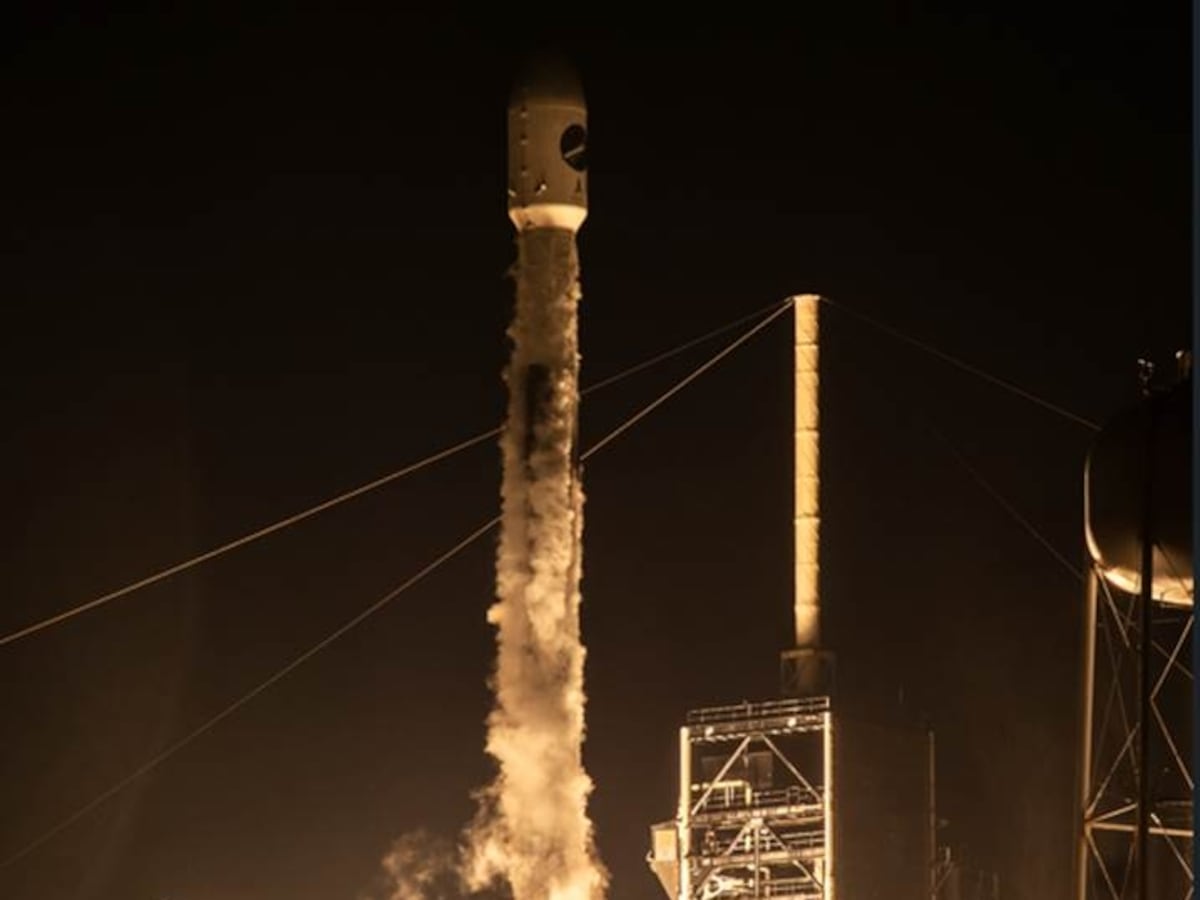The Space Force launched its X-37B spaceplane late Thursday for its eighth experimental mission.
The spacecraft flew from NASA’s Kennedy Space Center in Florida on a SpaceX Falcon 9 rocket. While many of the experiments it will conduct in the coming months are classified, the Space Force has identified space-based laser communications and quantum sensing as two of its focus areas.
“These experiments come as part of a broader push across the U.S. Space Force to uphold the safety and security of the space domain by enhancing the resilience and flexibility of U.S. orbital systems,” the service said in July when it announced the launch.
For the communications experiment, the service will coordinate with commercial satellite networks in low Earth orbit, about 1,200 miles above the Earth’s surface. The quantum payload, a space inertial sensor, is part of the Defense Innovation Unit’s Transition Quantum Sensing program, which aims to demonstrate capability that will help the Defense Department more quickly field quantum sensors.
The mission is part of a busy launch manifest for the Space Force over the next year. That includes a months long campaign to launch the Space Development Agency’s next batch of data transport and missile tracking satellites, known as Tranche One.
“We have more missions queued for launch over the next 12 months than in any prior 12-month period in the history of the NSSL program…and we welcome this challenge,” Col. Ryan Hiserote, senior materiel leader for launch execution at Space Systems Command. “Putting innovative capabilities such as these in orbit builds United States strength in the space domain and increases our nation’s overall warfighting capability.”
The Space Force hasn’t disclosed the length of the mission. Its last X-37B flight lasted 434 days, returning in March of this year. During that flight, the vehicle demonstrated a series of advanced aerobraking maneuvers that allowed it to change orbits while using a minimal amount of fuel.
The Boeing-built reusable spacecraft, one of two X-37B vehicles, flew its first mission in 2010. The Fifth Operations Squadron at Joint Base Anacostia-Bolling in Washington, D.C., conducts its operations and experiments in coordination with the Air Force Rapid Capabilities Office.
Courtney Albon is C4ISRNET’s space and emerging technology reporter. She has covered the U.S. military since 2012, with a focus on the Air Force and Space Force. She has reported on some of the Defense Department’s most significant acquisition, budget and policy challenges.
Read the full article here








Leave a Reply